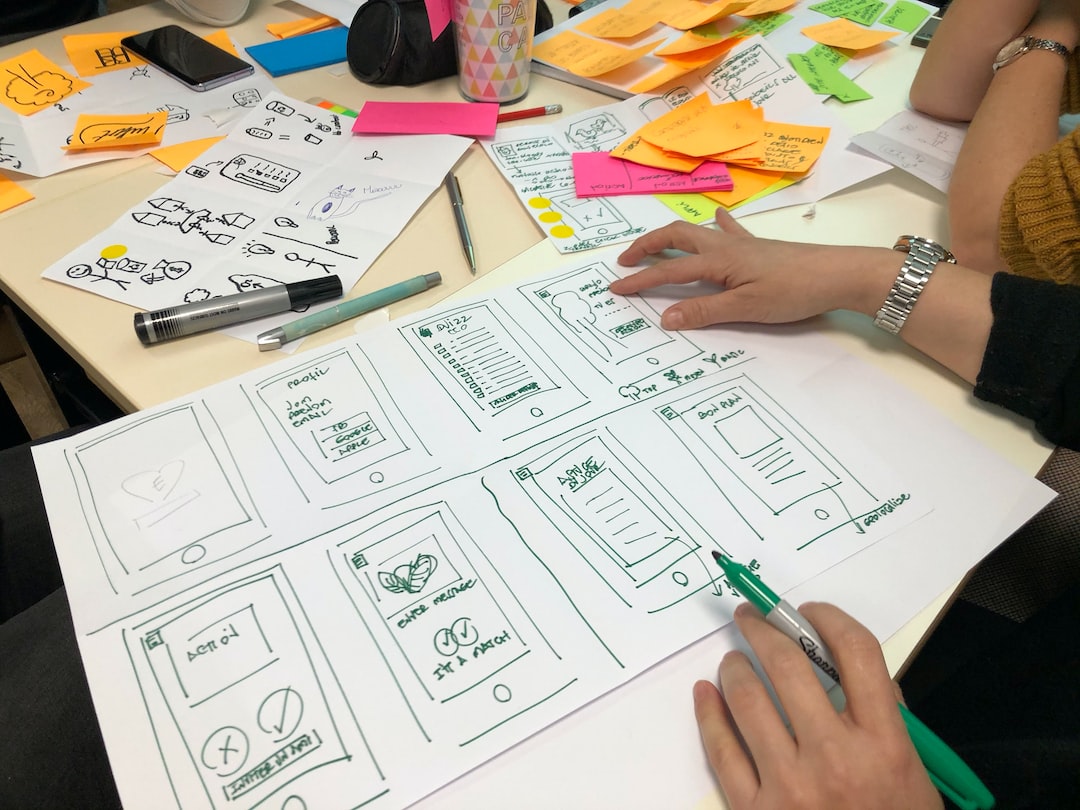The Art of Choosing the Right Typography for Branding
When it comes to building a strong brand identity, typography plays a crucial role. It is not just about picking a font that looks visually appealing but also one that communicates the essence of your brand. Typography has the power to evoke emotions, create a sense of trust, and establish a strong connection with your target audience. In this blog post, we will delve into the art of choosing the right typography for branding.
1. Understand Your Brand
Before exploring different typography options, it is essential to have a deep understanding of your brand and its personality. Analyze your brand’s values, target audience, and market positioning. Is your brand modern and minimalist or traditional and elegant? Does it cater to a young and vibrant audience or a more mature and sophisticated one? Understanding the core essence of your brand will guide you in selecting the perfect typography style.
2. Choose the Right Typeface
Typefaces come in various styles, such as serif, sans serif, script, display, and decorative. Each style conveys a distinct tone and can evoke different emotions. Serif fonts, with their traditional and ornamented look, often portray trustworthiness and elegance. On the other hand, sans serif fonts, with their clean and minimalistic design, project a modern and straightforward approach. Script fonts, with their flowing and handwritten-style, add a touch of elegance and femininity. Display and decorative fonts, with their unique and attention-grabbing design, are perfect for brands seeking a bold and creative image.
While the style is crucial, it is essential to consider legibility and readability. Ensure that the chosen typefaces are easily readable across various platforms and sizes. A great font will never overshadow the readability of your content.
3. Establish Hierarchy and Contrast
Typography hierarchy refers to the visual arrangement of fonts to convey the relative importance of different elements within a design. It helps guide the reader’s attention and creates a sense of order and structure. Establishing a hierarchy is crucial for brand consistency and effective communication.
Creating contrast within your typography can help accentuate certain elements, making them visually appealing and impactful. Achieving contrast can be done by using different font sizes, weights, and styles. However, be cautious not to overuse contrast, as it can lead to a chaotic and confusing visual experience.
4. Pairing Fonts
Choosing a single font for your brand can be quite limiting, especially when it comes to various marketing materials and communication channels. Pairing fonts adds depth and ensures versatility within your branding. It is essential to select fonts that complement each other and create a harmonious blend.
Contrasting font pairings, such as combining a serif and sans serif font, can create a visually interesting and balanced composition. Ensure that the font pairings share similar characteristics or are from the same font family to maintain consistency. Experiment with different combinations until you find the perfect balance that reflects your brand’s personality.
5. Customize if Necessary
Sometimes, a standard font may not fully capture the uniqueness of your brand. In such cases, customizing fonts can be a great option. Customizing fonts allows you to create a typographic identity that is entirely unique to your brand.
However, be cautious when customizing fonts. Ensure that the customized font maintains readability and legibility. Striking the right balance between uniqueness and functionality is crucial for an effective typographic branding strategy.
6. Consider Cultural Implications
In an increasingly globalized world, it is essential to consider cultural implications when choosing typography for branding. Different cultures have different typographic preferences and associations. Research and understand the cultural connotations linked to various font styles and choose ones that resonate positively with your target market.
Moreover, ensure that the selected typography is accessible and inclusive. Consider factors such as legibility for individuals with visual impairments and readability in different languages.
In conclusion, typography is much more than just choosing a pretty font. It is an art form that can shape the perception and identity of your brand. By understanding your brand, choosing the right typefaces, establishing hierarchy and contrast, pairing fonts, customizing if necessary, and considering cultural implications, you can create a typographic branding strategy that ensures your brand stands out and resonates with your audience. Remember, the right typography can leave a lasting impression and help your brand make a statement in a visually cluttered world.

